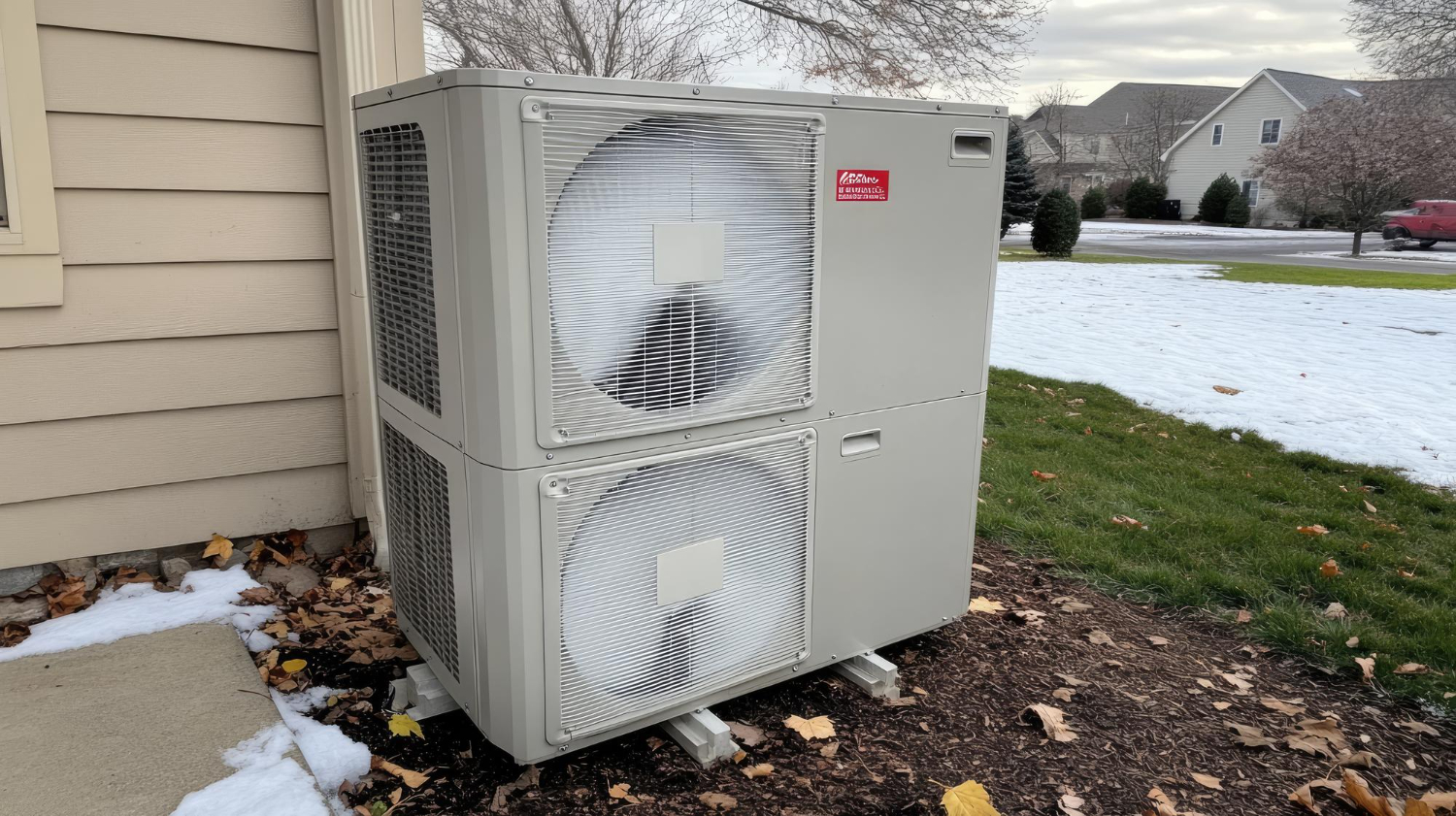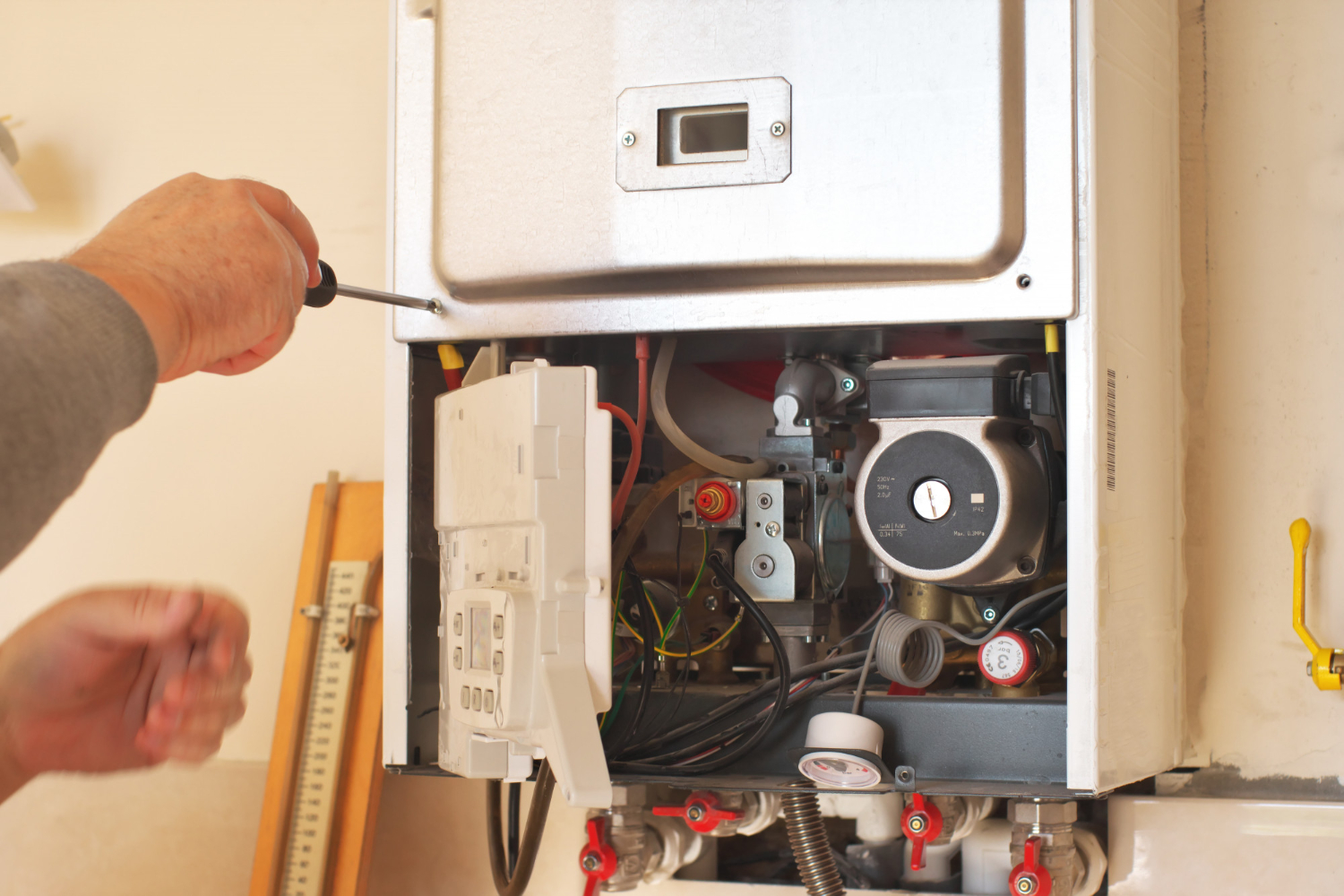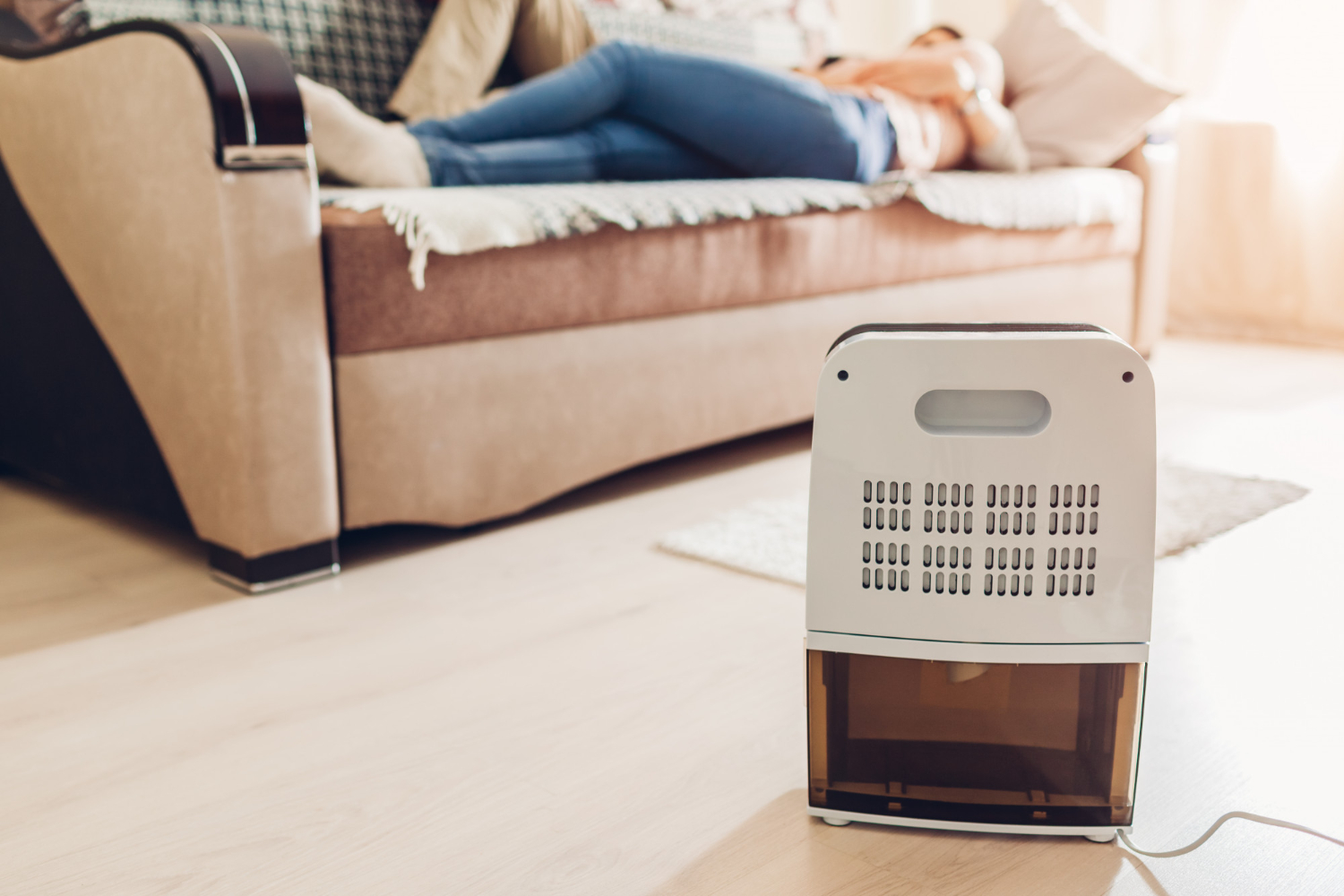Dealing with low water pressure in your tankless water heater can be a frustrating experience, especially when you’re expecting a consistent flow of hot water. This issue not only affects your daily routines but also indicates that something within your system needs attention. Ensuring your tankless water heater is functioning properly is essential for maintaining comfort and efficiency in your home.
For residents of Port Townsend, addressing low water pressure in tankless water heaters is crucial, as the area’s weather conditions often demand a reliable and consistent hot water supply. Understanding the root causes and learning how to tackle these issues can help you maintain your heater’s performance and extend its lifespan.
Common Causes of Low Water Pressure in Tankless Water Heaters
Several factors can contribute to low water pressure in tankless water heaters. It’s essential to identify these issues to address them effectively. Here are some common causes:
1. Mineral Buildup: Over time, minerals such as calcium and magnesium can accumulate inside the water heater. This buildup restricts water flow and reduces pressure.
2. Clogged Filters: The water heater’s filters are designed to trap debris and prevent it from entering the system. However, they can become clogged if not cleaned regularly, leading to decreased water pressure.
3. Plumbing Issues: Corroded or damaged pipes, along with leaks, can cause low water pressure. Even small leaks can reduce the flow of water to your heater, resulting in a noticeable drop in pressure.
Tankless water heaters, like any household appliance, require regular maintenance to ensure they operate effectively. It’s important to be aware of these common issues so you can take action promptly and avoid more severe problems. Recognizing the symptoms of low water pressure early can save you time and prevent potential damage to your system.
Call Us
DIY Troubleshooting Steps
When facing low water pressure in your tankless water heater, there are a few simple steps you can take to diagnose and resolve minor issues. Always remember, safety is important, and there are times when calling a professional is the best course of action.
1. Check and Clean Filters: Start by inspecting the water heater’s filters. Over time, debris can clog these filters, restricting water flow. Remove the filters, rinse them under running water, and carefully reinstall them to see if it improves the pressure.
2. Inspect Valves: Ensure that all valves connected to the water heater are fully open. A partially closed valve can significantly decrease water pressure.
3. Descale the Unit: Mineral buildup, especially in areas with hard water, can impede flow. Consider using a descaling solution designed for tankless water heaters to remove calcium deposits. Make sure to follow the manufacturer’s instructions for the process.
These steps can often resolve minor issues, but if the problem persists, it might indicate a more serious underlying cause that requires professional attention.
Professional Solutions for Persistent Problems
Sometimes, DIY efforts may not fully resolve the low water pressure issue. This is when our professionals step in to provide expert assistance. Persistent problems might originate from complex plumbing issues or require specialized equipment to diagnose and fix.
Professional intervention is advisable if:
– Descaling and filter cleaning do not restore water pressure.
– You suspect there might be significant plumbing issues, such as leaks or significant corrosion.
– Over time, regular wear and tear might require parts to be replaced, which should be done by a technician to ensure safety and effectiveness.
Regular maintenance by our professionals can prevent these issues from occurring in the first place. This not only helps maintain water pressure but also enhances the longevity and efficiency of your tankless water heater.
Choosing the Right Tankless Water Heater for Optimal Pressure
Ensuring that your tankless water heater matches your household needs is crucial for maintaining adequate water pressure. For Port Townsend residents, selecting the right model involves considering various factors.
– Capacity: Choose a unit with a capacity that matches your household’s water demand. Undersized units might struggle to deliver adequate pressure when multiple faucets are in use.
– Efficiency: Look for heaters that are energy-efficient, as they often integrate advanced features to sustain better water pressure while saving on utility bills.
– Installation Quality: Proper installation ensures optimal performance. A poorly installed heater can lead to frequent issues, including low water pressure.
Keep Your Water Pressure Steady and Strong
Maintaining adequate water pressure in tankless water heaters is essential for a comfortable and efficient home environment. By understanding common causes of low water pressure, trying basic troubleshooting steps, and knowing when professional help is necessary, you can ensure your system operates smoothly.
Residents of Port Townsend should consider regular maintenance to prevent unexpected problems. Staying proactive with care and selecting the right equipment will help maintain the ideal water pressure, ensuring your household runs without a hitch.
Consistent hot water is vital for a comfortable home, and professional care usually makes a difference when low water pressure becomes a recurring headache. Consider opting for a professional tankless water heater installation in Port Townsend to ensure your system runs at its best. Eagle Pipe Heating & Air has seen that timely maintenance saves homeowners time and hassle. For a quick estimate or to book a service visit, please contact us today.
Consistent hot water is vital for a comfortable home, and professional care usually makes a difference when low water pressure becomes a recurring headache. Consider opting for a professional tankless water heater installation in Port Townsend to ensure your system runs at its best. Eagle Pipe Heating & Air has seen that timely maintenance saves homeowners time and hassle. For a quick estimate or to book a service visit, please contact us today.





